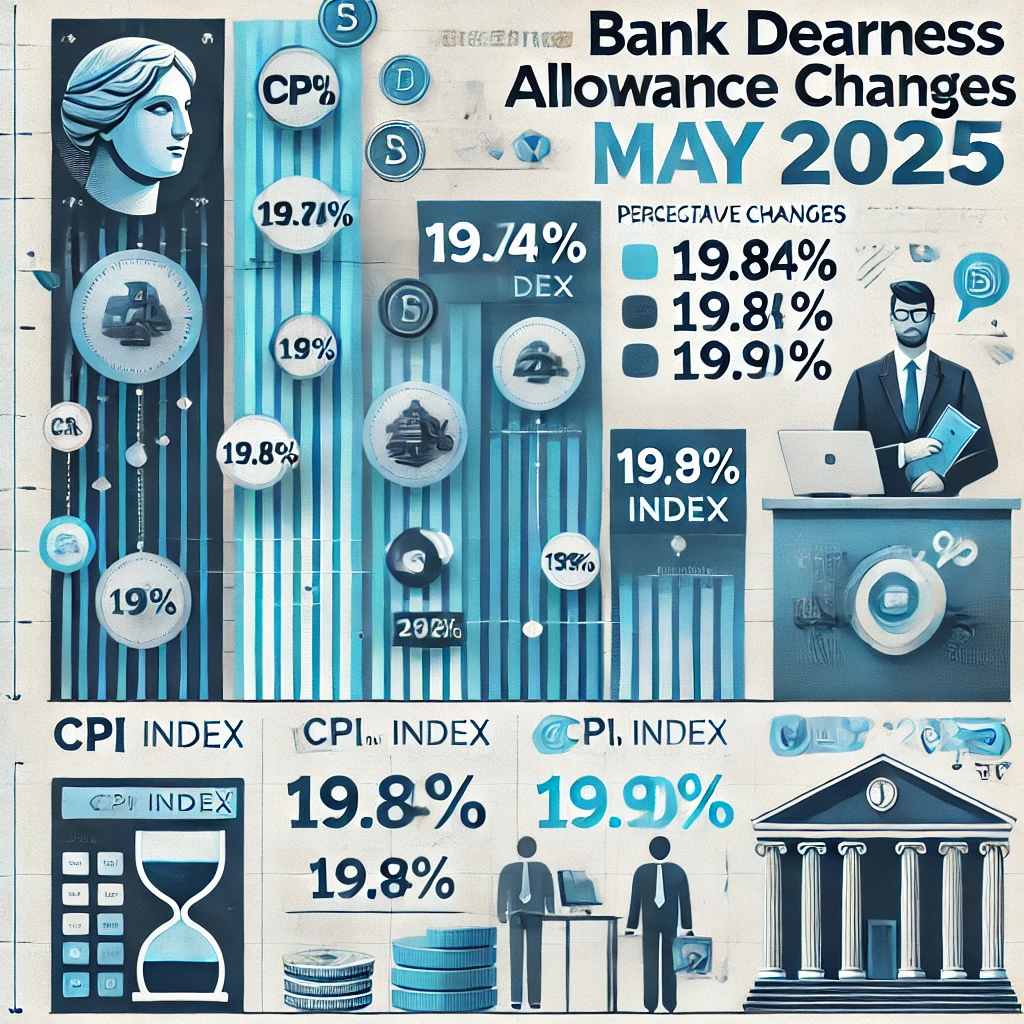In this article you get to know about PLR full from and other different abbreviations of PLR in various fields. PLR full form refers to Prime Lending Rate.

The Prime Lending Rate is the interest rate that commercial banks charge their most creditworthy borrowers. It is the benchmark rate used by banks to price their loans and other credit products. The PLR is determined by the bank’s cost of funds, administrative expenses, and a profit margin.
Example which illustrate how the PLR works:
Suppose a commercial bank has a cost of funds of 6%, administrative expenses of 1%, and a profit margin of 2%. The bank sets its PLR at 9%, which means that it will charge its most creditworthy borrowers an interest rate of 9% on loans and other credit products. However, the PLR may not be the same for all borrowers. The actual interest rate charged to a borrower may be higher or lower than the PLR, depending on various factors such as the borrower’s creditworthiness, the amount and duration of the loan, and the prevailing market conditions.
For example, if a borrower has a good credit history and a low risk of default, the bank may offer a lower interest rate than the PLR. On the other hand, if a borrower has a poor credit history or a high risk of default, the bank may charge a higher interest rate than the PLR to compensate for the higher risk.
The PLR can also be used as a benchmark for determining the interest rates of other loans and credit products offered by the bank. For example, the bank may offer a personal loan with an interest rate of PLR + 2%, which means that the interest rate on the loan would be 11% (9% PLR + 2% markup). The Prime Lending Rate is the benchmark interest rate used by commercial banks to price their loans and other credit products. It is determined by the bank’s cost of funds, administrative expenses, and a profit margin, and is typically charged to the bank’s most creditworthy borrowers. However, the actual interest rate charged to a borrower may vary depending on various factors, and the PLR can also be used as a benchmark for determining the interest rates of other loans and credit products.
The Prime Lending Rate is calculated by commercial banks based on several factors, including:
Cost of funds: The cost of funds is the interest rate that a bank pays to its depositors and other sources of funding such as borrowing from other banks or issuing bonds. The lower the cost of funds, the lower the PLR is likely to be.
Administrative expenses: Administrative expenses are the costs incurred by the bank to maintain its operations, including salaries, rent, utilities, and other overhead costs. The higher the administrative expenses, the higher the PLR is likely to be.
Profit margin: The profit margin is the amount that the bank adds to its cost of funds and administrative expenses to earn a profit. The higher the profit margin, the higher the PLR is likely to be
Once the bank has determined its cost of funds, administrative expenses, and profit margin, it can calculate the PLR using the following formula:
PLR = Cost of funds + Administrative expenses + Profit margin
For example, if a bank’s cost of funds is 6%, administrative expenses are 1%, and profit margin is 2%, the PLR would be calculated as follows:
PLR = 6% + 1% + 2% = 9%
This means that the bank’s PLR is 9%, and it will charge this rate to its most creditworthy borrowers. However, the actual interest rate charged to a borrower may vary depending on various factors such as the borrower’s creditworthiness, the amount and duration of the loan, and the prevailing market conditions. The Prime Lending Rate is calculated by commercial banks based on their cost of funds, administrative expenses, and profit margin. The PLR serves as a benchmark interest rate for pricing loans and other credit products, but the actual interest rate charged to a borrower may vary depending on various factors.
Different abbreviations of PLR in various fields are as follows
| Term | Abbreviation | Category |
| PLR | Point of Local Repair | Technology |
| PLR | Packet Loss Rate | Technology |
| PLR | Prime Lending Rate | Business |
| PLR | Private Label Rights | Business |
| PLR | Public Lending Right | Business |
| PLR | Private Letter Ruling | Business |
| PLR | Pistol Long Range | Business |
| PLR | Pulse Link Repeater | Computing |
| PLR | Performance And Learning Review | Computing |
| PLR | Perceptron Learning Rule | Academic & Science |
| PLR | Peak To Loudness Ratio | Academic & Science |
| PLR | Primary Loss Retention | Academic & Science |
| PLR | Past Life Regression | Medical |
| PLR | Pupillary Light Reflex | Medical |
| PLR | Pupil Light Reflex | Medical |
| PLR | Patient Led Research | Medical |
| PLR | Physician Labeling Rule | Medical |
| PLR | Pinocresol Lariciresinol Reductase | Medical |
CONCLUSION:
Dear reader in this article you get to know about PLR full from and PLR term used in various other fields, If you have any query regarding this article kindly comment below.


